The Rise of Indian Street Food Culture in Canada
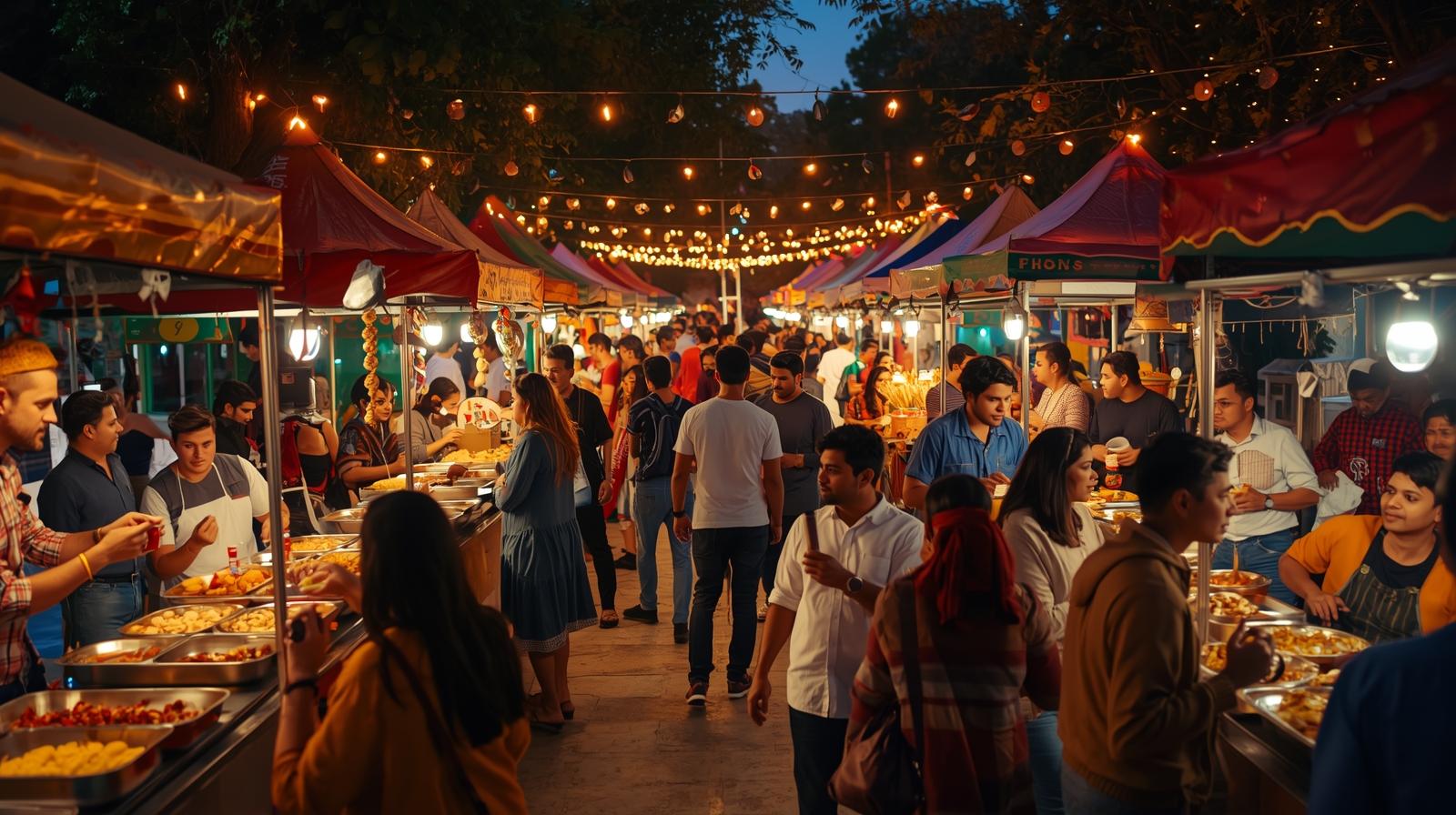
Ever walked through a festival, caught the scent of sizzling spices, and thought, “That smells just like the streets of Punjab or Delhi”? If so, you’re not alone. In recent years, Indian street food culture has taken Canada by storm—transforming the way people eat, gather, and do business. For entrepreneurs and food enthusiasts alike, this movement offers valuable lessons in creativity, community, and adaptability.
Let’s dig in and explore this flavorful story together.
What Makes Indian Street Food Unique?
Street food in India isn’t just about eating—it’s an event, a daily ritual, and sometimes, a slice of nostalgia. Vendors whip up quick snacks for hungry commuters, students, and families, often from tiny carts at bustling crossroads. Here, meals are fast, portable, and packed with an explosion of tastes and textures: sweet, sour, spicy, and crunchy all in one bite.
Some classic examples:
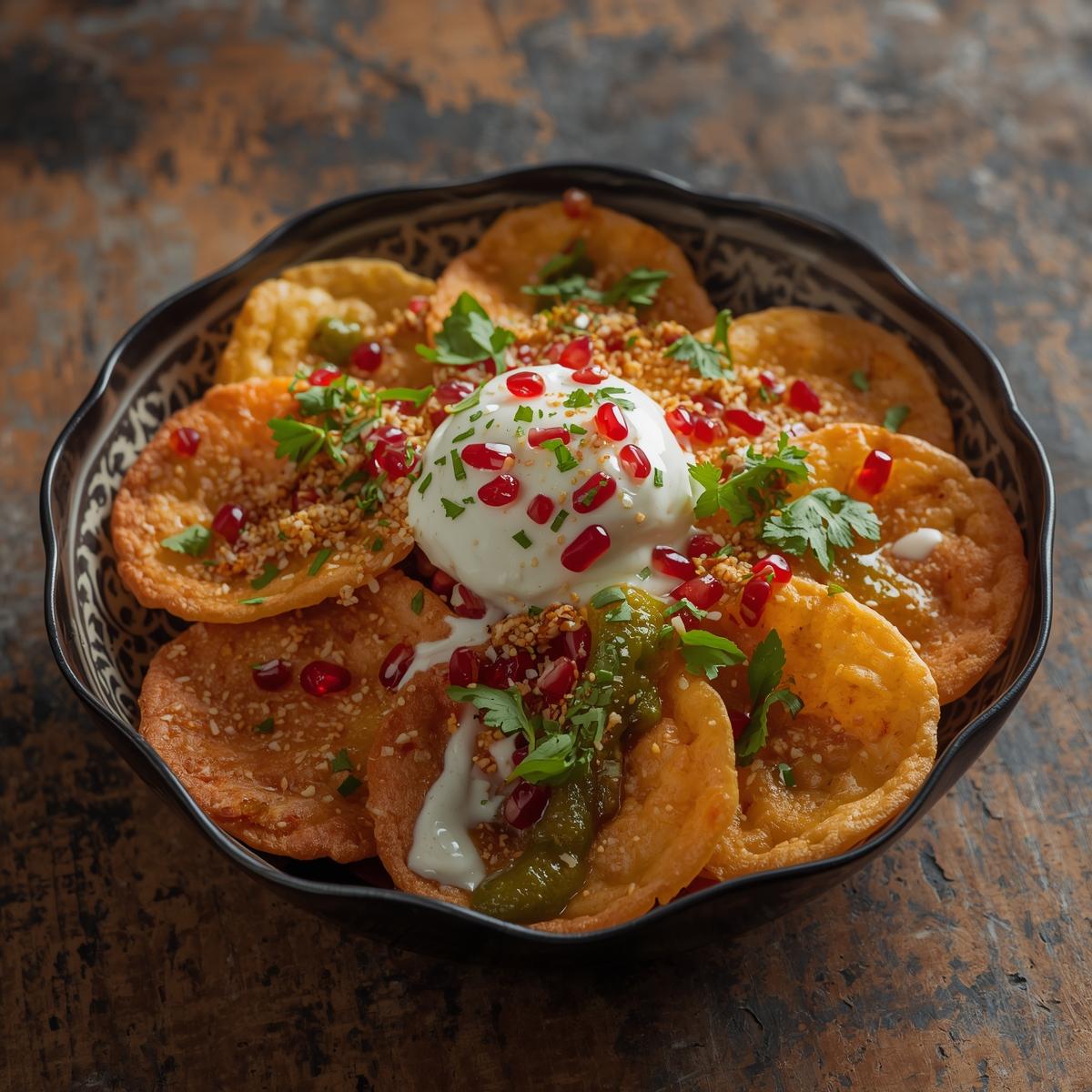
Chat Papdi with Bhalla
Crispy papdi topped with soft bhalla, yogurt, chutneys, and spices for a perfect tangy crunch.

Dahi Bhalla
Fluffy lentil dumplings soaked in yogurt and drizzled with sweet and spicy chutneys.
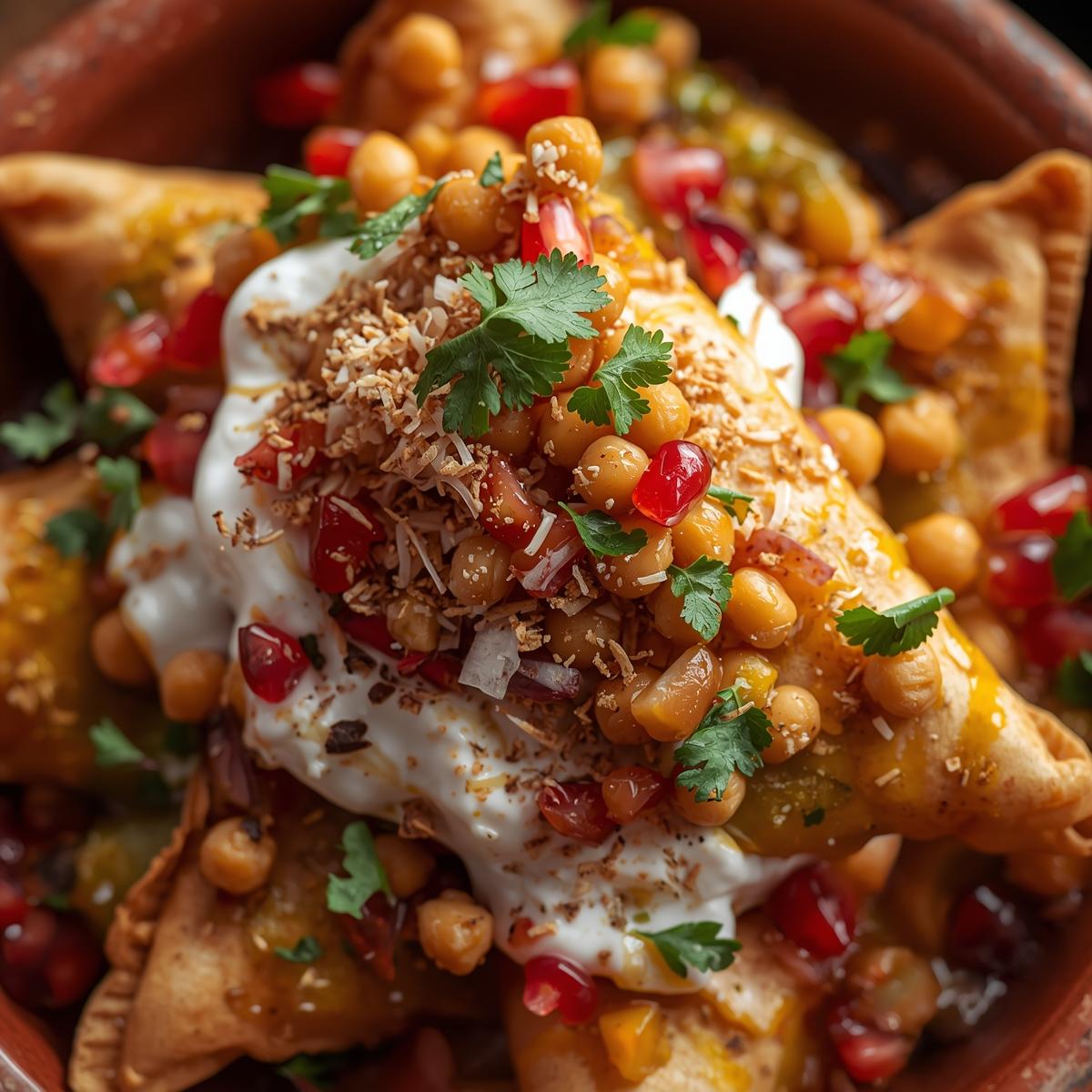
Samosa Chat
Crispy samosa crushed and layered with chickpeas, yogurt, chutneys, and spices.
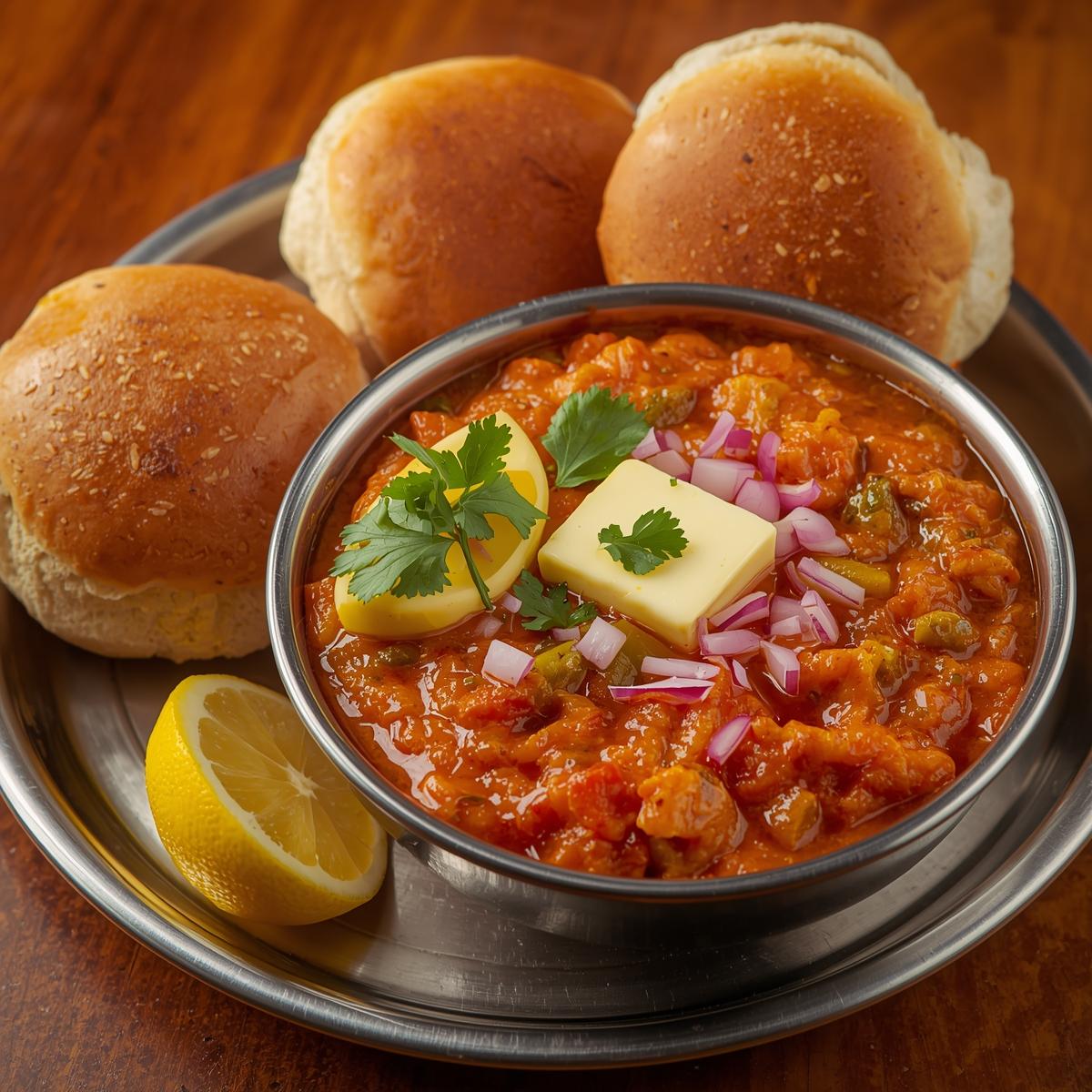
Pav Bhaji
A buttery Punjabi-style street food with spiced mashed vegetables served with soft pav buns.
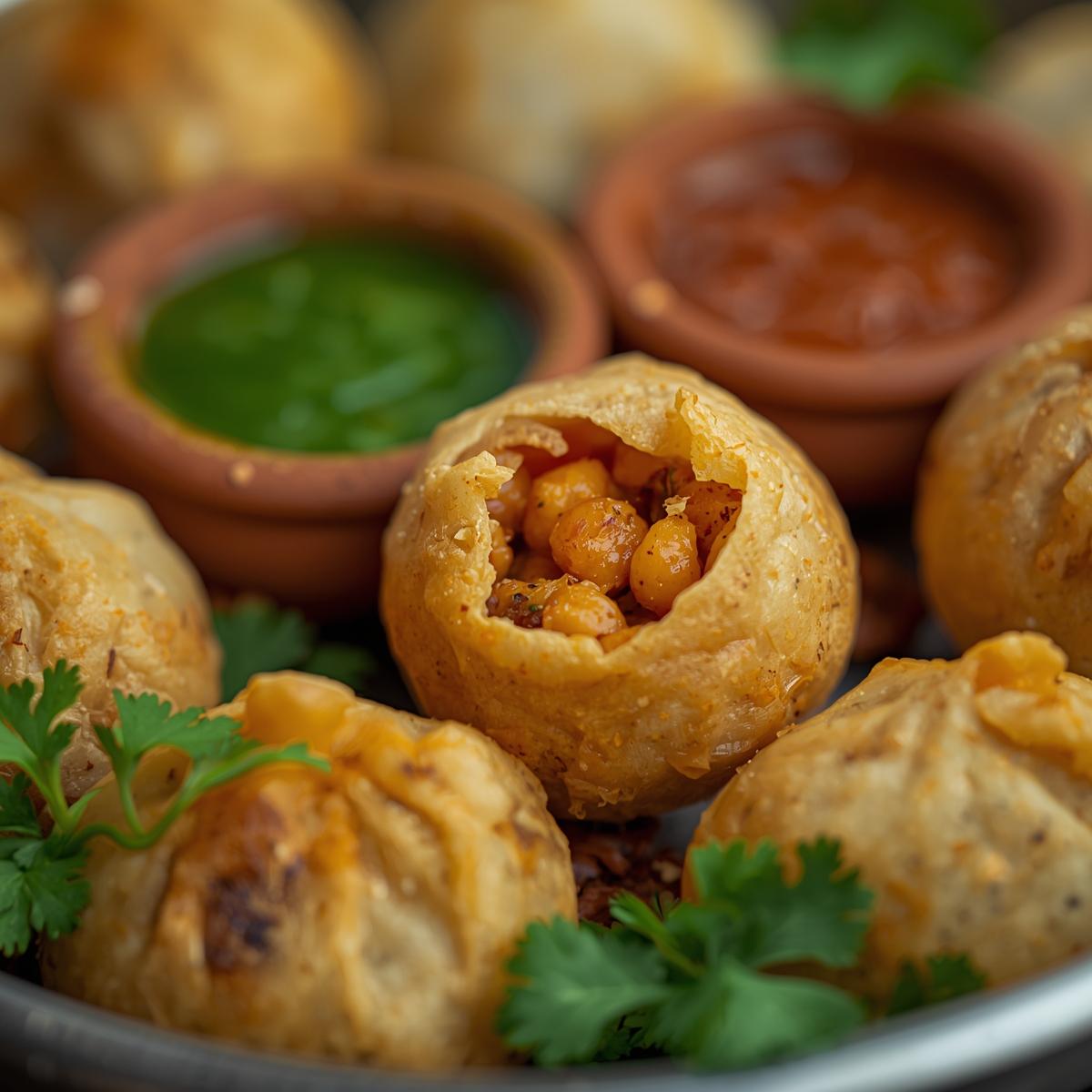
Golgappe
Crispy puris filled with tangy flavored water, potatoes, and spices—a burst of flavors.
Why Is It Catching On in Canada?
Canada’s multicultural cities have always welcomed new flavors. Immigrants from India brought their street food traditions with them, but until recently, street food was mostly an “at home” experience or limited to small takeout joints. The real boom started when new entrepreneurs turned Indian street food into a public and communal event.
What sparked this shift?
- Growing demand for adventurous, affordable, and quick food options
- Food trucks and pop-up markets making ethnic cuisine accessible and trendy
- Canadian street food festivals shining a spotlight on global flavors
- Social media amplifying street food’s visual appeal, driving curiosity and foot traffic
The Social Spirit of Street Food
Eating street food is social at its core. In India, the busy vendor cart is where office workers, families, and students all mix together to snack and chat. In Canada, street food pop-ups and trucks recreate that buzz—giving people a place to connect, linger, and enjoy.
Some benefits for businesses:
Instant Feedback
Vendors hear directly from customers and can adapt quickly.
Inclusivity
Street food welcomes everyone—big spenders and budget diners alike.
Community-Building
Local festivals and markets create loyal customer followings, making street food a hub for city culture.
Flavors, Fusion, and Innovation
Canadian vendors aren’t just copying recipes from India—they’re updating them to suit local tastes and inventive fusions. Chefs experiment with new ingredients, change spice levels, and even combine Indian snacks with Canadian favorites (think butter chicken poutine or samosa burgers).
This flexibility is a key business lesson:
- Start with authenticity, then invite innovation
- Listen to community feedback and adapt
- Don’t be afraid of mixing genres—sometimes the best ideas come from “meeting in the middle”
Popular Indo-Canadian fusion dishes include:
- Start with authenticity, then invite innovation
- Listen to community feedback and adapt
- Don’t be afraid of mixing genres—sometimes the best ideas come from “meeting in the middle”
From Food Truck to Franchise: Growth Stories

While traditional sit-down Indian restaurants remain popular, many entrepreneurs start small—with food trucks, stalls, or one-location takeaways specializing in street food staples. As word-of-mouth spreads and social media posts gain traction, some humble vendors have scaled up to become local chains or even franchise operations.
Notable examples in Canada:
- Toronto’s Indian Street Food Company, founded in 2015, began as an experiment blending railway station snacks and family recipes
- Mississauga’s Veggie Planet offers vegetarian street food with a modern twist—winning fans citywide for its inventive menu
What fuels this success?
- Efficient, low-overhead operations
- Brand-building around fun, energy, and the “street experience”
- Leveraging social networks and community events
Street Food’s Wider Impact
For many entrepreneurs—especially immigrant families—street food isn’t just a job; it’s a path to independence and economic security. The sector supports thousands of small business owners. And for cities, it means lively markets, diverse dining options, and new cultural experiences for locals.
Other big-picture impacts:
Economic stimulation:
Jobs for family businesses, chefs, and local suppliers
Enriching Canadian food diversity:
Street food adds to Canada’s reputation as a culinary melting pot
Social inclusion:
Attracts customers from every background, proving great food has universal appeal
Challenges and Opportunities
Of course, there are hurdles. Canada’s regulations around food trucks and public vendors can be tricky. Weather is another factor—many street carts can only operate during warmer months.
But street food is adaptable:
- Many vendors expand into brick-and-mortar locations, delivery, or catering
- Some leverage social media to reach new audiences and manage demand year-round
- Community events, festivals, and partnerships keep the spirit alive even after summer ends
The lesson for business is clear: adaptability spells survival in today’s food landscape.
What’s Next for Indian Street Food in Canada?
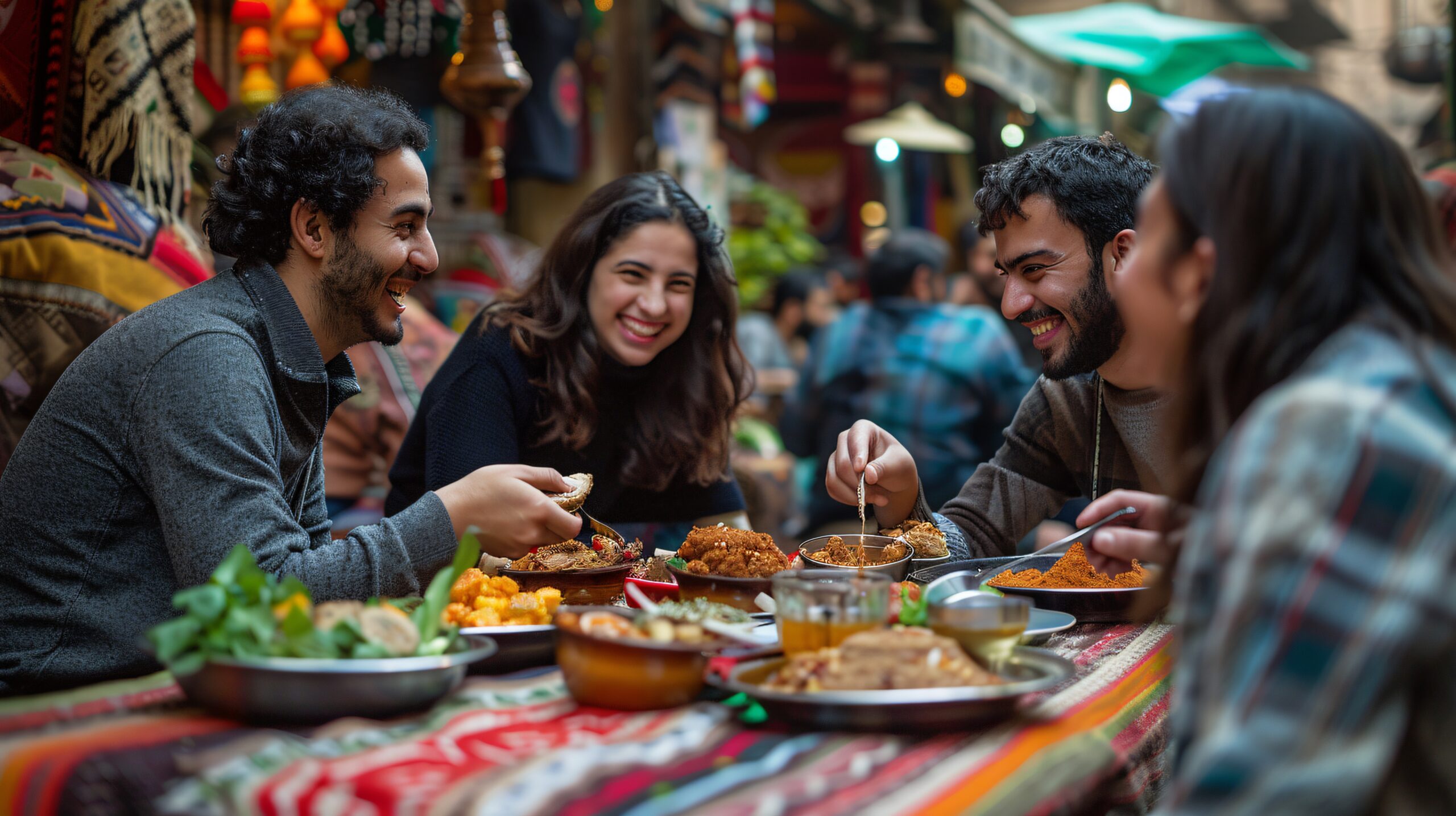
If current trends are any indication, Indian street food will only get more popular. Younger Canadians are looking for bold, affordable flavors—and see street food not just as “ethnic,” but as “urban comfort food” that’s perfect for quick lunches or fun dinners.
Expect to see:
- More fusion menu offerings
- Expanded presence at festivals and city events
- New stories of family-run businesses becoming local legends
At the heart of this, though, the basics remain—all it takes is one perfectly spiced chaat or samosa, and a new fan is made.
Take a Bite and Take Action
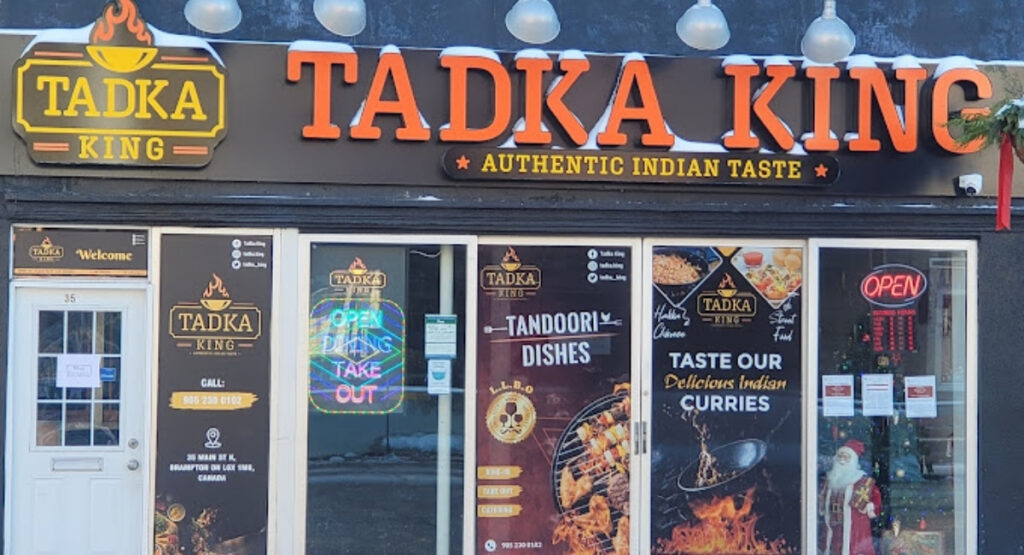
Indian street food culture is more than a trend—it’s a movement that encourages people to gather, celebrate, and try new things. For business owners and customers alike, there’s a lesson in building connections, trusting your creativity, and letting good flavors speak for themselves.
Ready to take the next step? If you’re craving authentic Indian street food or want inspiration for your own menu, check out Tadka King for some of the freshest street-inspired dishes in Canada. Join the story—and take a bite out of the action.
Fresh street vibes, right here in Canada.
Frequently Asked Questions (FAQs)
What is Indian street food?
Indian street food refers to a vibrant variety of snacks and quick meals that are sold by vendors at street stalls and markets. These include popular dishes such as chaat, samosas, vada pav, dosas, and more, celebrated for their bold flavors, affordability, and variety.
Why is Indian street food becoming popular in Canada?
Indian street food is gaining popularity in Canada due to its unique taste, affordability, and the multicultural makeup of Canadian cities. Food festivals, food trucks, and a rising interest in global cuisines have introduced these traditional snacks to a wider Canadian audience.
Is Indian street food spicy?
While many Indian street foods can be spicy, spice levels are often adjusted for local preferences in Canada. Many vendors offer mild, medium, and hot options to suit every palate.
Can I find vegetarian or vegan Indian street food in Canada?
Yes, many Indian street foods are plant-based by tradition. Dishes like samosas, pakoras, chaat, and dosas are not only vegetarian but can often be made vegan as well.
Is eating Indian street food safe in Canada?
Vendors and restaurants in Canada must meet food safety regulations and standards. Always choose reputable and busy food stalls or trucks, and feel free to ask about food preparation and hygiene practices if you have concerns.

Swaran Sandhu
Swaran Sandhu has 8+ years of experience in the HoReCa industry and a passion for writing about food, restaurants, and Indian cuisine, especially covering locations across Ontario (Canada).